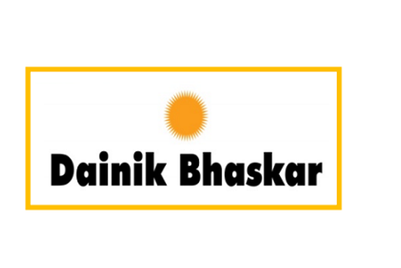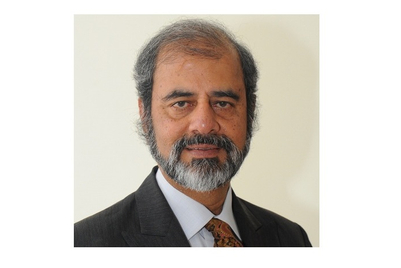.png&h=570&w=855&q=100&v=20250320&c=1)
On day one of the INMA South Asia News Media Summit 2021, publishers shared their experiences from the pandemic, explained how they reinvented themselves and how they are keeping the effort to recovery going.
The panel comprised Pawan Agarwal, deputy managing director, Dainik Bhaskar; Kumar Nadesan, managing director, Express Newspapers Ceylon; Sivakumar Sundaram, chairman executive committee, Bennett Coleman & Co, and I Venkat, director, Eenadu. The session was moderated by Vanita Kohli Khandekar, columnist and writer, Business Standard.
Publishers’ early plight and first-hand response
Most publishers remembered 23 March to be the start of doomsday for the news media industry. Although every newspaper had to cut down on costs, papers like Sri Lanka’s Express Newspaper Ceylon had to literally dim their shine, by cutting down on colour print as well.
Nadesan claimed that the blow was even harder since it didn't have an Indian model of subscription.
Sundaram shared how The Times of India was at a point where it had to deal with consumer experience, with no product in the market. He said, “Copies and revenues both disappeared and we had to focus on readers and readership. We started connecting with the representatives of the housing corporations and other authorities, to help solve their problems.”
He also stated that the paper’s outreach helped bring back its readers, once markets started opening up.
Andhra Pradesh’s Eenadu had to cut down on its pagination, having quite an impact on its subscribers and delivery. Venkat explained how its readers still have an issue with paying the same price for getting less.
However, he stated that when they started to overcome their problems, readers too, gained confidence.
Speaking of the ill fate that Dainik Bhaskar faced, Agarwal said, “The vendors were scared to come out and the readers were surrounded with rumours of newspapers having Covid.”
Even then, Agarwal stated that the team was keen on keeping the relationship with its readers intact and went ahead to personally educate its vendors on the same.
How they made it to headlines again
It’s safe to say that the publishers were au fait of the situation when the second wave hit. Anticipating the sea of Covid-19 waves ahead, Nadesan explained how his team started to give news on Twitter, Facebook and developed a web status. “We couldn't afford to lose our readers forever. We decided to go into bubbles and couldn't have departments shut. We made the editor the manager of his module, to keep control of his staff. We also made the editor a part of the accounting process,” he added.
Venkat stated that the moment of business epiphany for him was realising the potential of the agents. He explained, “Agents are the first level of contact for us. Some of them didn't want to pick up the copies, but did a lot of work, including going and talking to the readers. Some agents were even convinced that the readers would come back on board. We rolled on the credibility factor for print.”
Sundaram claimed that the business shock was what led to the business epiphany. He suggested that the company invested in relationships instead, and did not lose any readers in the second wave. He added, “There was a significant increase in time spent on readership. People could view our news from anywhere in the world and it accelerated digital adoption. We had far more productive meetings - none of which were missed due to a cut in travel time. The trust quotient increased manifold and we started the ‘verified news’ initiative. With all the panic and anxiety, there was a shift in behaviour and readers found solace in print, as the trusted medium. We have to build on this during this time to take it to the next logical step.”
Making the best out of a bad situation, Agarwal realised that the content his company would make on-field would be unlike any other, due to the absence of people on-ground. “This was to make people realise that the newspaper was all about trust. We could fight fake news. The hawker knows the houses thoroughly in his mind and we’ve been able to do a lot of data management and record his customers. This helped us get our circulation back, which was very important for us," he said.
At a time where consumers are particularly picky about their spending, Nadesan stated how his company increased the price of his paper and still had circulations going back to pre-Covid levels. He added that the company worked on the point that quality journalism can sell, even at a higher price point.









.png&h=268&w=401&q=100&v=20250320&c=1)
